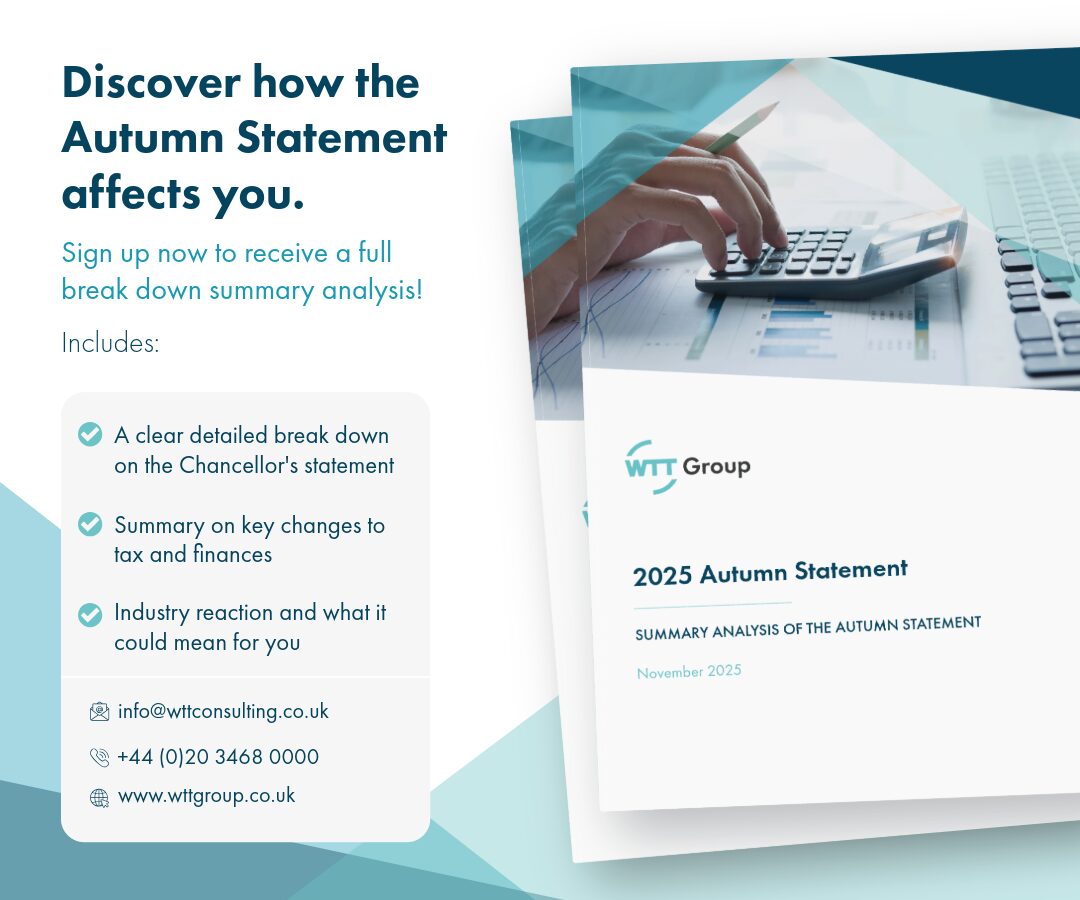Checked & unbalanced
10th December, 2021 I’m often educated by my law trained business partner as to…

Creditors’ Voluntary Liquidation (CVL)
If your limited company is struggling financially and can no longer meet its obligations, you may be considering closing it through a formal insolvency process. A Creditors’ Voluntary Liquidation (CVL) is one of the most common and effective ways to wind up an insolvent company. This blog explains what a CVL is, the steps involved and the importance of professional advice throughout the process.
A CVL is a formal insolvency procedure used to close a limited company that cannot pay its debts. Unlike compulsory liquidation, which is initiated by creditors through the courts, a CVL is voluntarily started by the company’s directors and approved by its shareholders. The process involves appointing a licensed insolvency practitioner who takes over the company’s affairs, sells its assets, and distributes any available funds to creditors.
Throughout the process, directors must adhere to legal obligations, cooperate with the appointed liquidator, and ensure timely filings with Companies House. This strategic approach allows contractors to wind up their limited company responsibly, meeting all regulatory requirements and minimising personal liabilities.
You should consider a CVL if:
Although closing a business is a difficult decision, a Creditors’ Voluntary Liquidation offers several advantages. Firstly, it brings an end to creditor pressure and any ongoing legal action. A CVL allows company directors to fulfil their legal obligations, which helps protect them from the risk of wrongful trading and personal liability. Additionally, this route of closure ensures that company assets are dealt with in a fair and transparent way, allowing creditors to recover as much as possible.
Should a company find itself to be insolvent, the company directors should seek advice from a licensed insolvency practitioner (IP). Directors’ will need to assess the company’s financial situation and consider all options, including a CVL.
To move forward with the CVL, directors will need to call a general meeting of the shareholders. A special resolution of the shareholders must be passed to agree on the wind up of the company voluntarily and to appoint a liquidator.
Once the shareholders have appointed a licensed IP, notice of the appointment of the liquidator must be filed with Companies House within 14 days.
Next, the liquidator will call a meeting of the company’s creditors where they are provided with a statement of affairs, detailing the company’s current financial position. In this meeting, the creditors must approve the appointment of the liquidator.
The liquidator will assess and value the remaining assets. The company’s assets are then realised through a controlled sale process to maximise returns.
Next, the liquidator will settle any outstanding debts the company holds in order of priority, ensuring that all creditors are paid in full.
Once all liabilities have been settled, the remaining funds or assets are distributed among the creditors accordingly.
To finalise the closing down of the company, the liquidator must then file the company’s final accounts and reports to Companies House. Then, after approval from Companies House, the company is dissolved and ceases to exist as a legal entity.
As a director, you have several legal duties to abide by during the insolvency process of a company. These include:
Failing to meet these duties could result in disqualification, fines, or personal liability for company debts.
Navigating a CVL is not only a legal process, it’s a financial one that can significantly impact your future. Engaging with an experienced accountant or tax advisor early in the process can help you understand your financial exposure, identify allowable deductions or liabilities, and prepare the necessary documentation for an efficient and compliant liquidation.
Combined with guidance from a licensed insolvency practitioner, this collaborative approach ensures your obligations are fully met and that the company’s closure is managed as smoothly and strategically as possible. If your company is facing financial difficulty, professional tax advice can make a critical difference in safeguarding your interests.
 Article
Article
10th December, 2021 I’m often educated by my law trained business partner as to…
 Article
Article
2nd July, 2021 Crypto Tax- What can we learn from the US? Introduction The…
 Article
Article
Inheritance Tax (IHT) is one of the most significant considerations in long-term wealth planning,…
 Article
Article
What the Autumn Budget 2025 Means for You Rachel Reeves delivered this year’s Autumn…
 Article
Article
Demystifying Inheritance Tax Misconceptions Inheritance Tax (IHT) is one of the most complex and…
We’d love to hear from you!
Whether you simply have a quick question, or were seeking a more formal conversation to discuss your tax needs, drop your details here and we will be in touch! Alternatively, you can contact us on +44 (0)20 3468 0000.